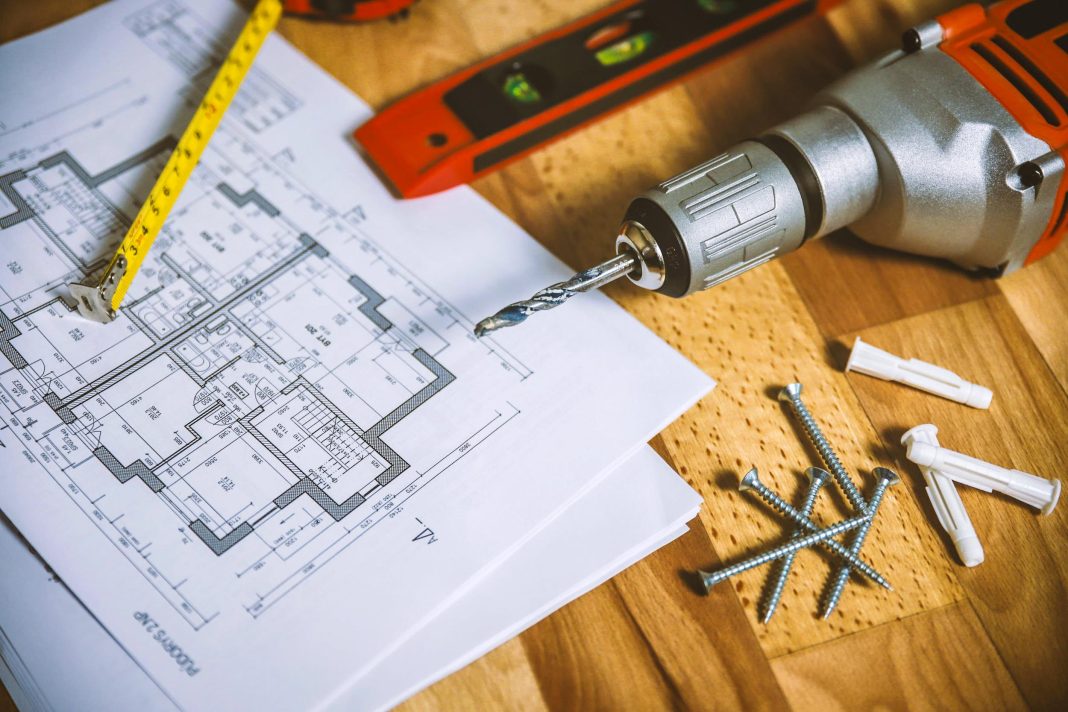Improving the housing market is no easy task and getting the ball rolling requires a lot of time and persistence. The beginning is always the hardest, after all. To help you out, we have created this handy step-by-step guide of how to get started with housing.
The housing market is in crisis. It’s about time we get our hands dirty and do something about it. Making housing affordable, introducing alternative living models, and tackling homelessness are all great – and crucial – ambitions. The key question is: where do we start?
Today is your lucky day as we’ve gathered extensive advice for you. Below we’ve broken down into steps what you need to do to get started and better the housing situation in your city. Let’s dive right in.
1. Look at the Bigger Picture
First, do your research. Get an overview by:
- identifying housing-related issues in your city,
- investigating their causes,
- looking at relevant facts and figures,
- digging through useful guides.
Gaining a deeper understanding of what exactly is going wrong in your city will help you figure out how to get things right. Make sure you dig deep. Existing housing issues are often rooted in decisions made decades ago. By understanding your city’s history and how various factors influence each other, you will be able to make appropriate changes and avoid past mistakes.
During this stage, also keep a record (e.g., by making a list) of local key figures and players concerned with housing in your area. These could be housing councillors, tenants’ associations, grassroots movements, NGOs, or individuals.
2. Refine and Define
Now it’s time to get more specific and formulate a concrete goal. Just to be clear: “I want to improve housing in my city” is not a goal but an overall (though great) ambition. Try to be as precise as possible and identify what exactly you want to change. Ask yourself:
- Which specific problem(s) do I want to resolve?
- What do I want to achieve?
- Why does my project matter, and what impact will it have on my city?
- Who will benefit from it?
Having clear and specific answers to these questions is crucial to staying on track throughout your journey. Let a strong vision be your compass.
3. Find the Right Support
This strong vision will help you find like-minded people and allies. Pull out the record you made initially and go over it. Which key figures and players can help you achieve your goal? Don’t be shy to reach out and share your vision with them. It is important to find and collaborate with experts from different fields (e.g., housing policies, legislation, design, construction, communications, etc.) to realise your project.
Also talk to people in your neighbourhood, family, friends, and friends of friends. There are plenty of others wanting to change the status quo. If you get organised and team up, turning things around will be much easier. An added plus: as a group, you also hold more power and can exert pressure on officials or opposers.

4. Gain Financial Backing
Once you have found support, it’s time to talk business. You need to find a way to fund your project. The specific approach will mostly depend on what you want to achieve. You could gain access to finance via grants, subsidies, public and private funds, or the redirection of already existing budgets. Finding the right financing mix will require thorough research and a considerable amount of time. Helpful starting points include the European Investment Bank and CEB financing. You could also consider crowdfunding to kick off your project.
5. Plan
Next, you need to set up a concrete, step-by-step plan. Huge projects can be scary, and if you rush into this, you may find yourself stuck halfway through. By having a step-by-step plan, you will be able to stay on course and overcome potential challenges.
However, that’s easier said than done. Developing a thorough plan requires time and dedication. If you need a starting point, why not look at best practices from other cities and find out how they’ve done it? Always keep in mind, however, that no two local contexts are the same. This means you will have to modify best practices to suit your city’s specific needs.
If you still feel a bit lost, here’s a tip from our CityChanger Jennifer Keesmaat: she recommends asking yourself, “What is one thing that I need do today that will advance my goal?” and letting the plan build itself.

6. Communicate
Now, it is time to share your plan with the outside world and connect with supporters, opposers, and the as-yet-undecided.
Consult & Adapt
Reach out to those directly or indirectly affected by your project, such as (future) residents, the wider neighbourhood, local stakeholders, and the general public. Invite them to share their thoughts and concerns, for instance, by sending out surveys, hosting public meetings, or contacting people online. Take their feedback seriously and adapt your plan where necessary. It is only by doing so that you can ensure your project addresses the real needs of your city and its residents.
Campaign
Now is also the time to overcome opposition. Housing is a hot topic, and there are plenty of misconceptions swirling around. As a result, new housing initiatives, especially ones targeted at low-income groups, are met with opposition and so-called NIMBY attitudes. To tackle these, ensure you are crystal clear about:
- What you want to achieve.
- What certain terminology means (e.g., low-income, housing cost overburdened, affordable housing, alternative living, touristification, etc.).
- Why your project will benefit the entire city/community (instead of just the targeted group).
Launching information campaigns, reaching out via social media, and hosting public information dissemination events are great options to maximise transparency.

7. Start
Finally, the time has come around! You can start implementing your plan. Don’t hesitate. You are well-prepared and know what you are doing. Go for it! Don’t let potential challenges and backlash discourage you. It’s all part of the journey, and you and your team will push through.
How to Start Improving Housing in a Nutshell
Improving housing by implementing concrete projects that fulfil a clear vision is not a piece of cake. However, by doing research, envisioning your goals, gaining support and financial backing, developing a step-by-step plan, and communicating with the people around you, you have already tackled the hardest part: getting started.


